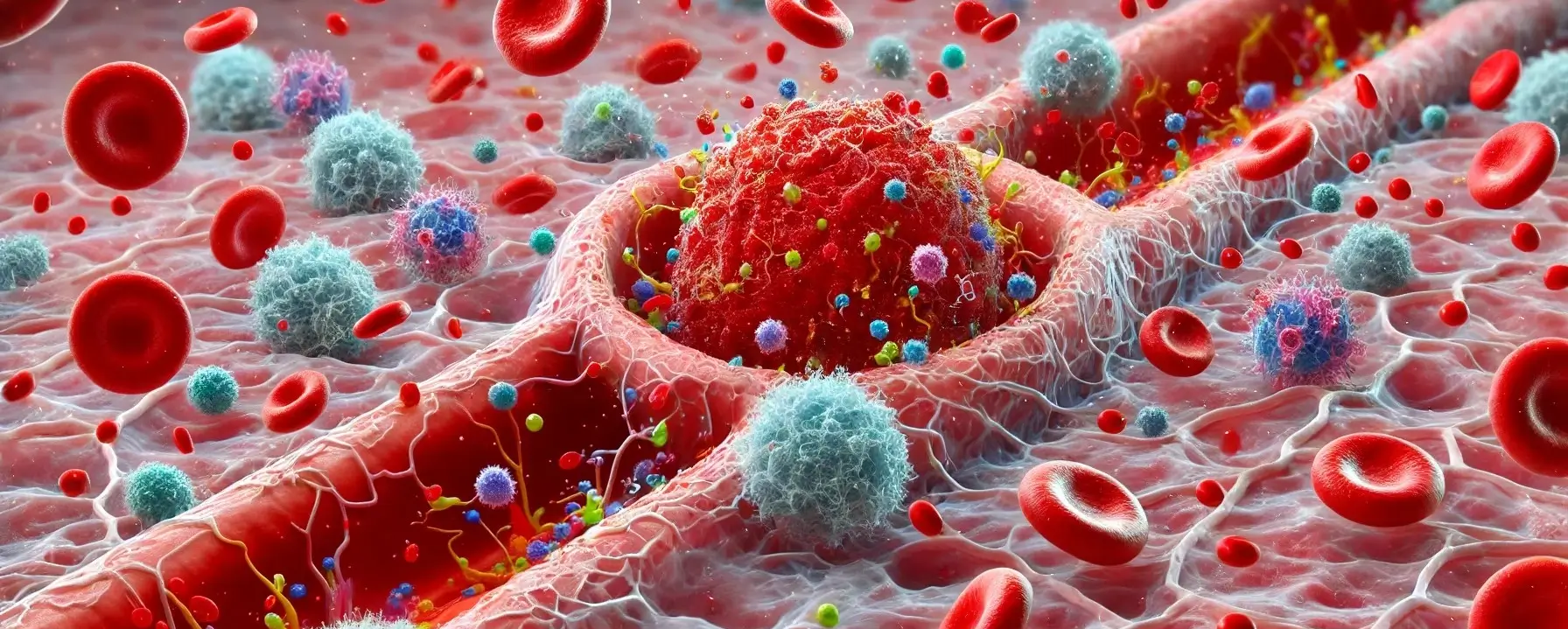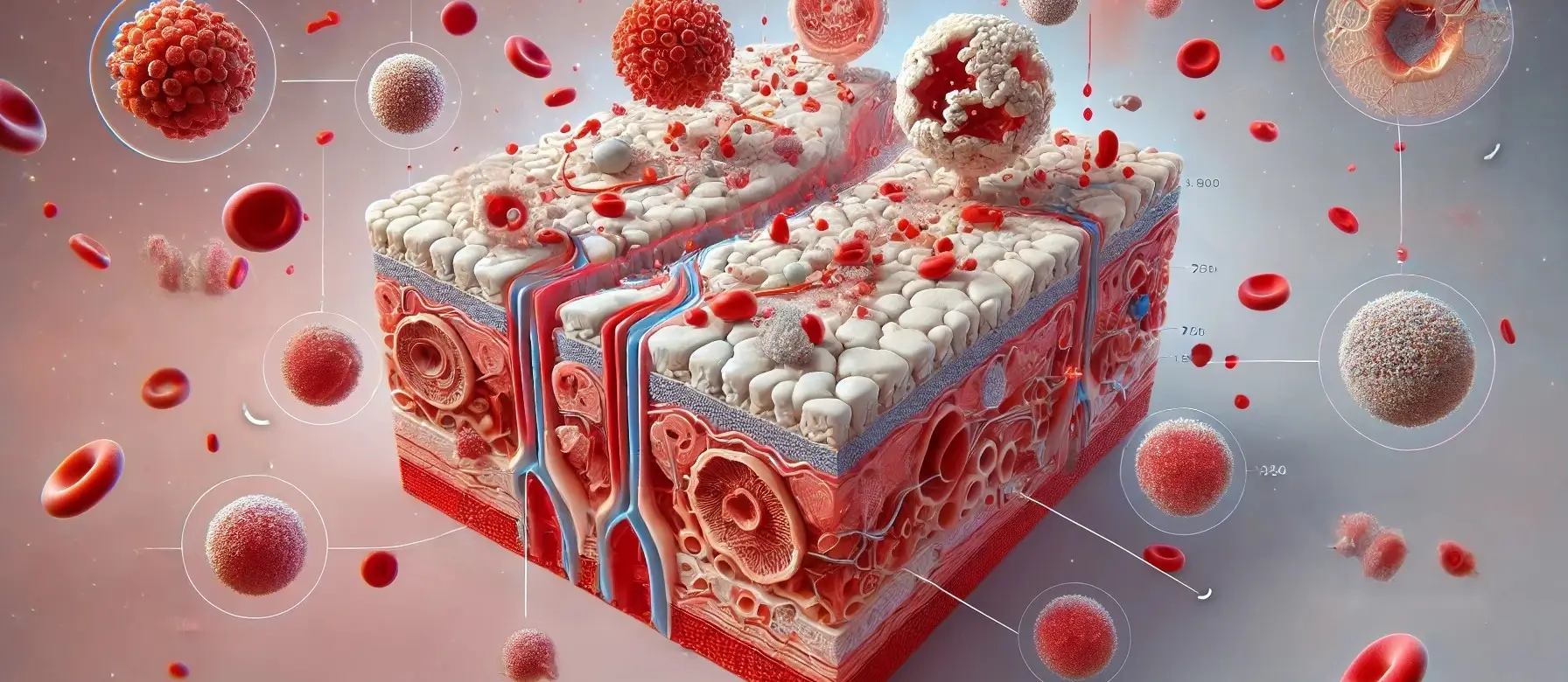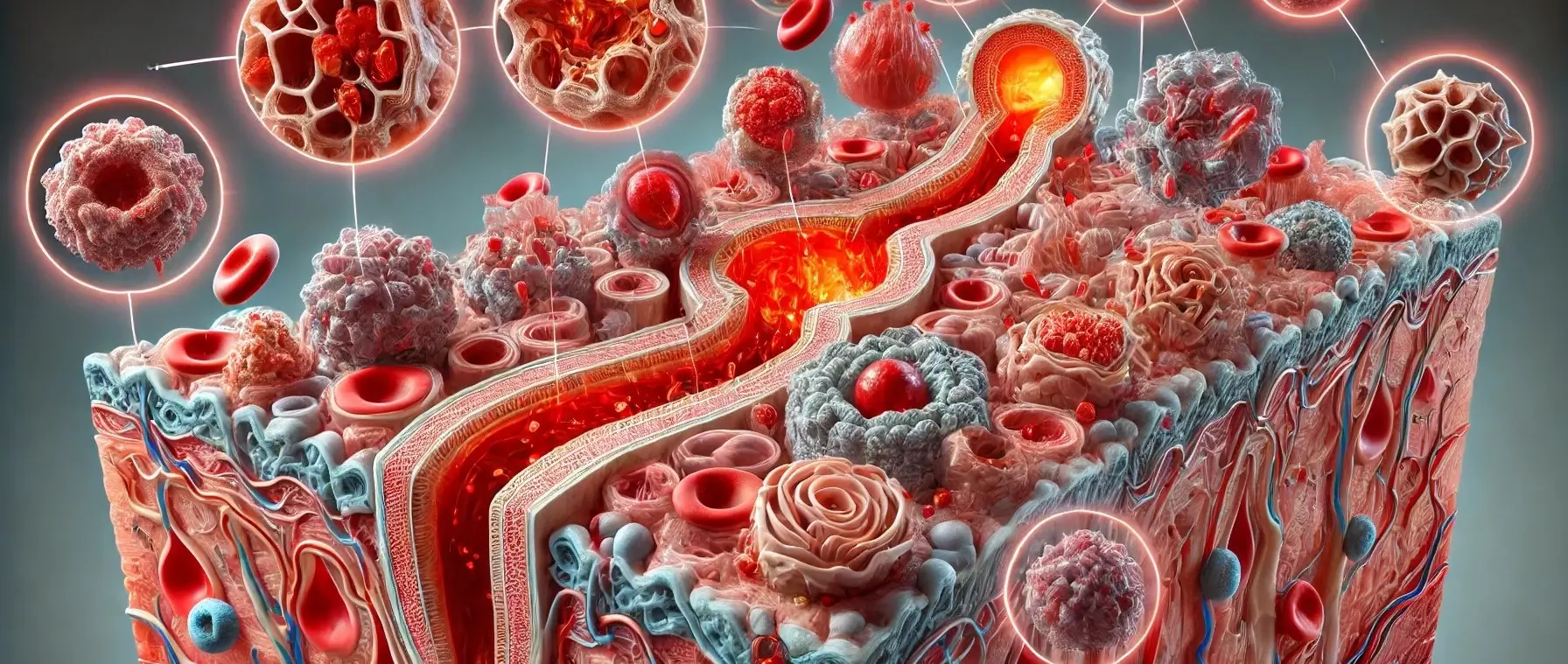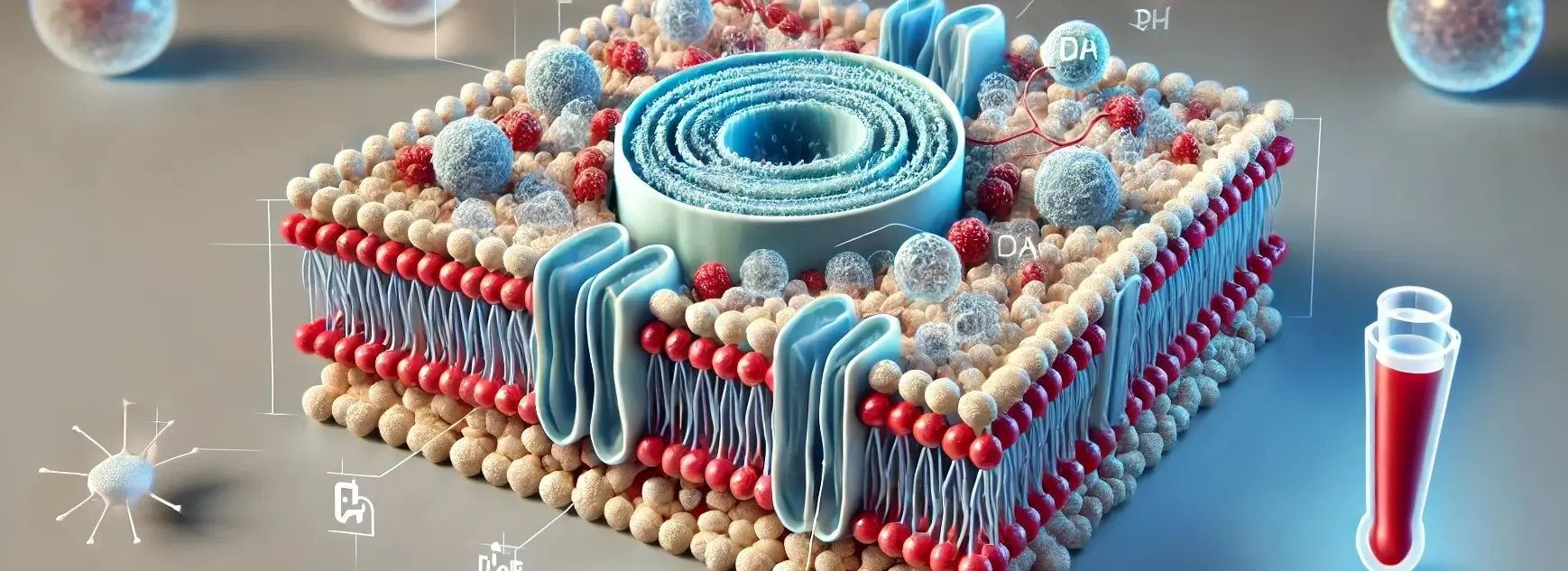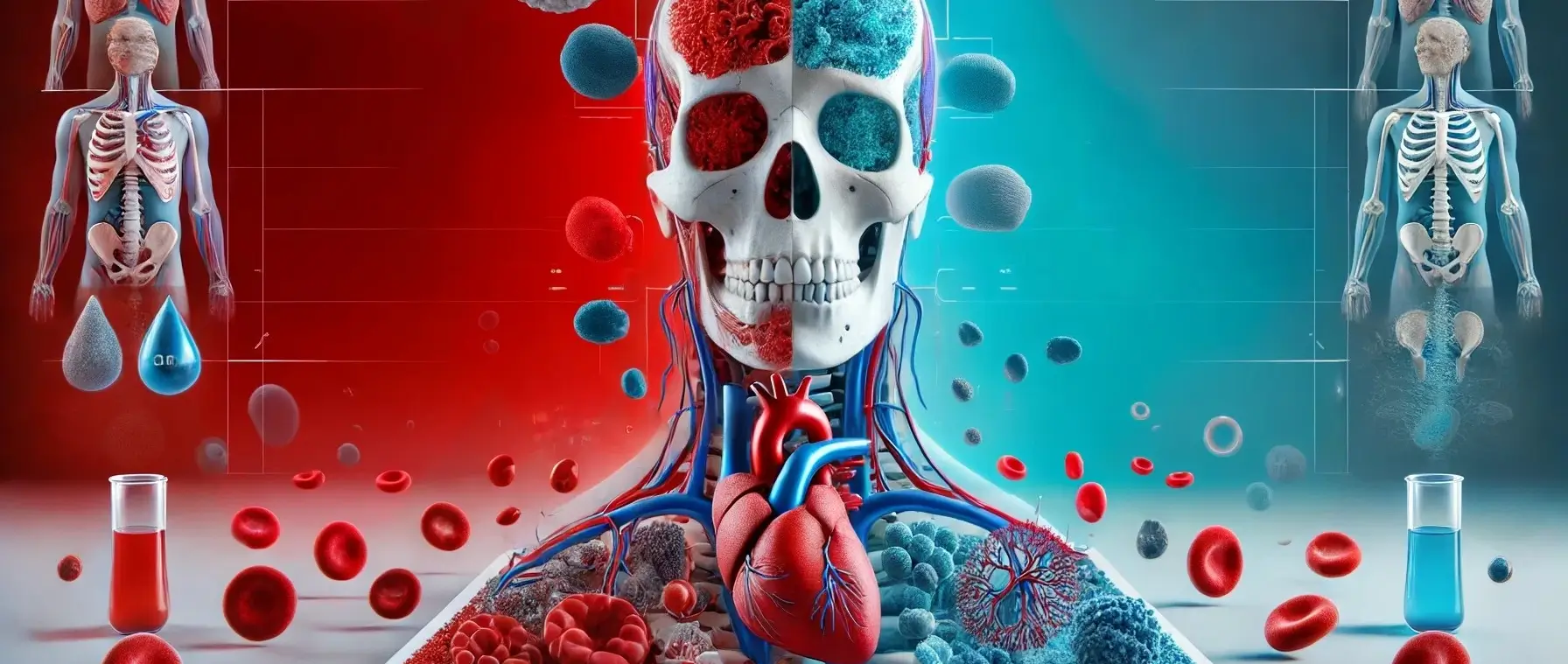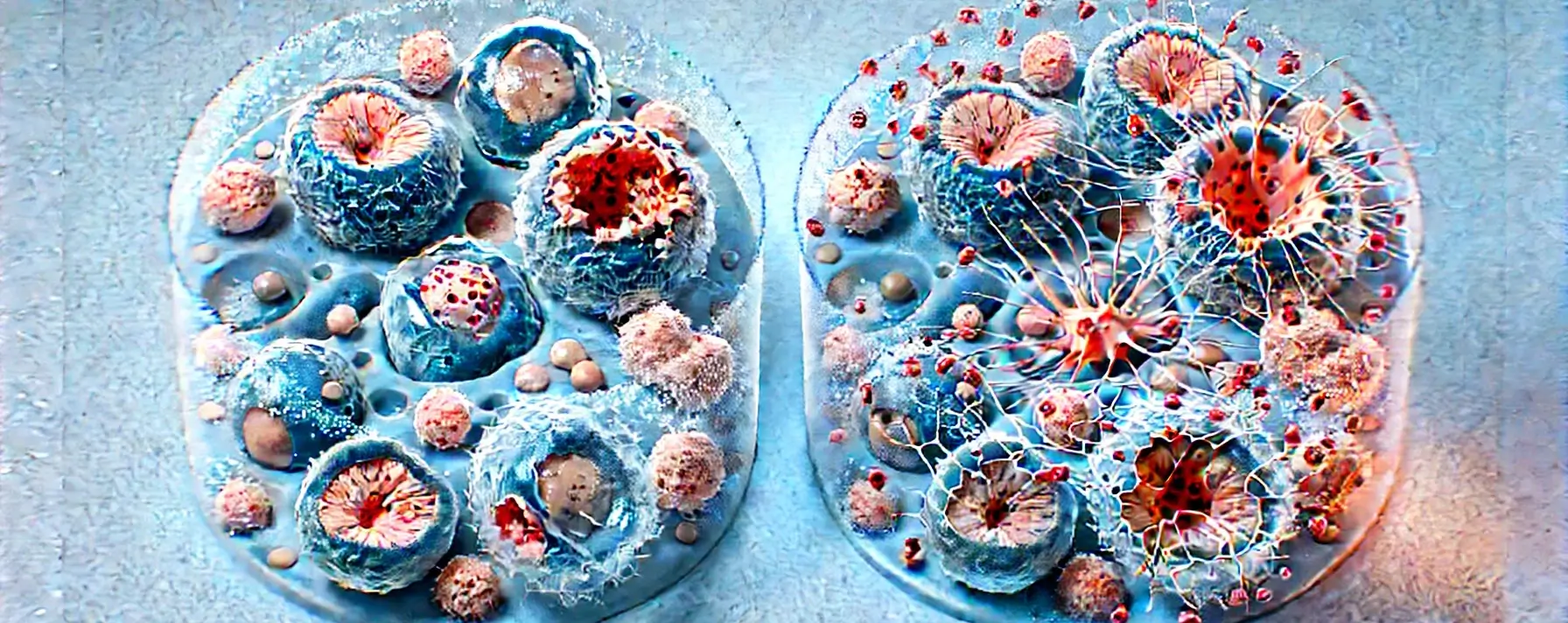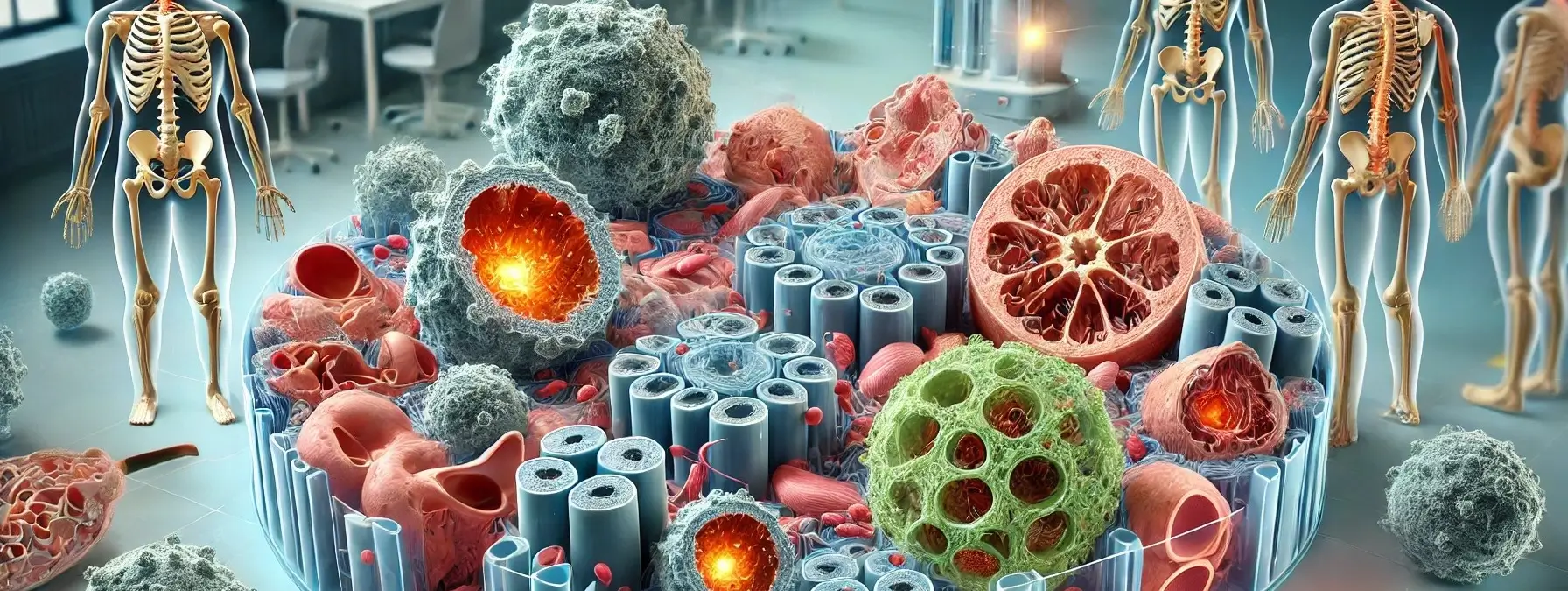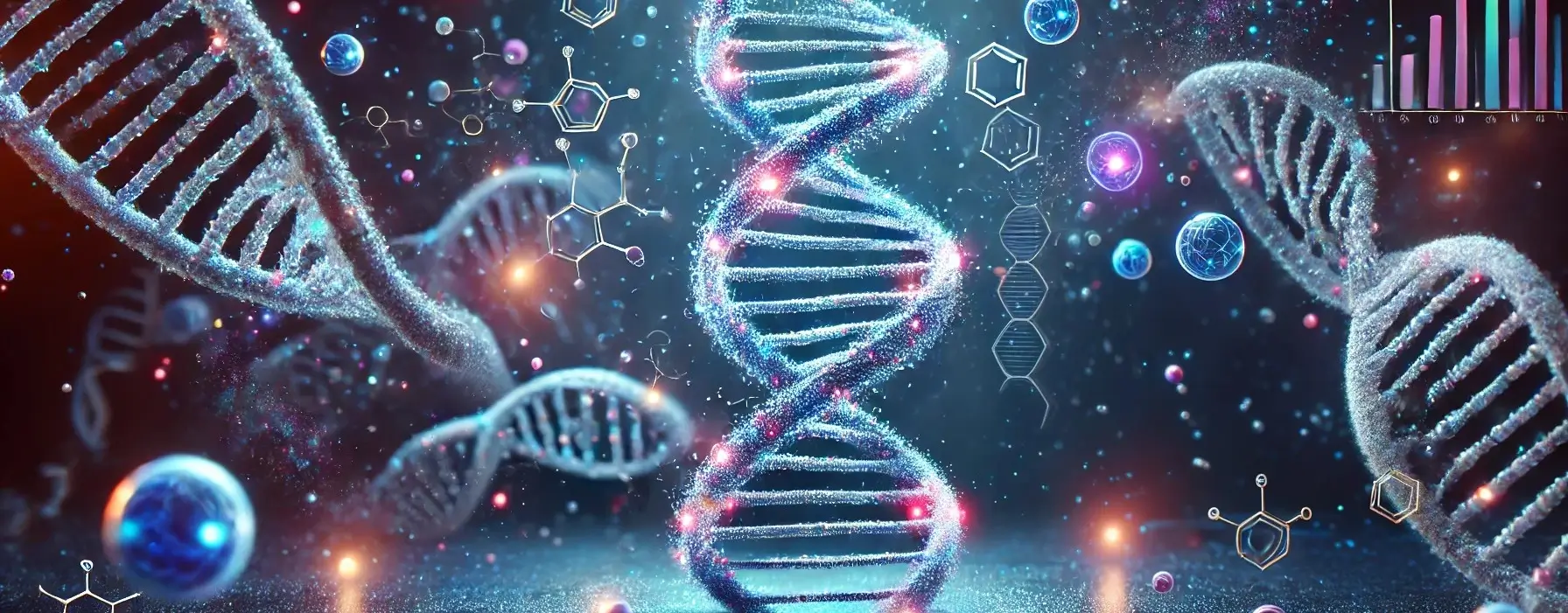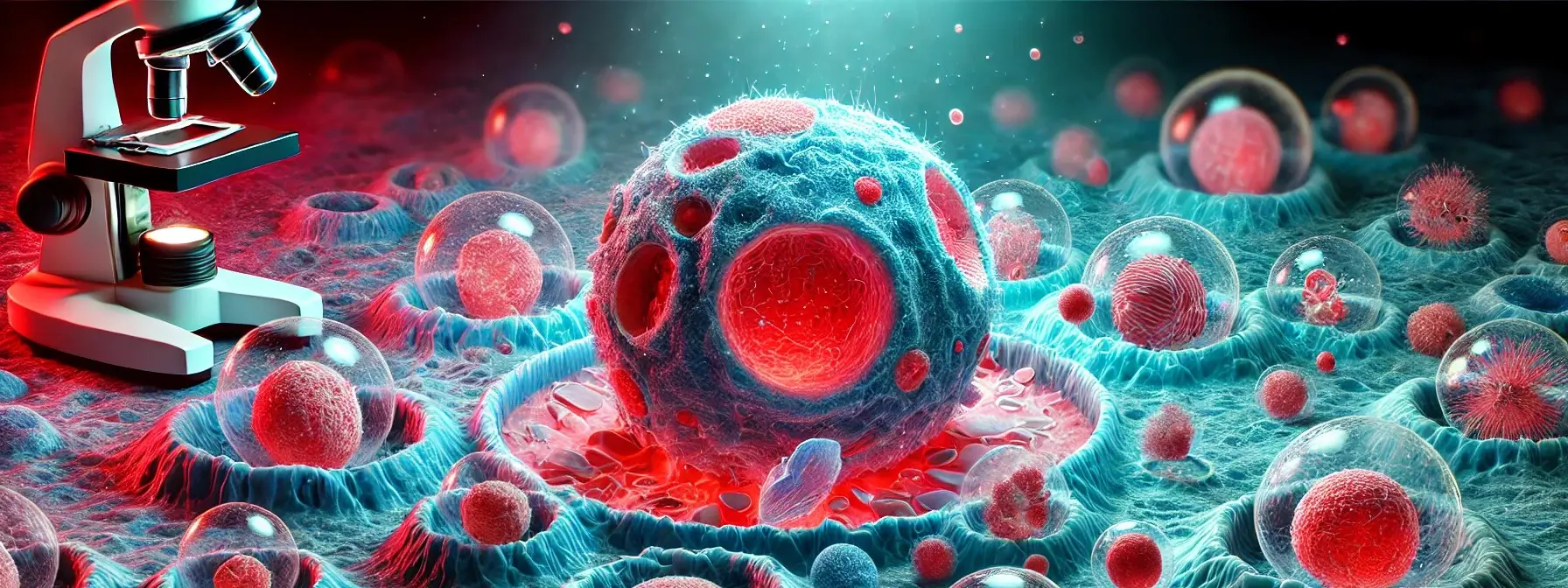Mediators of Inflammation
Mediators Inflammation is regulated by various chemical mediators that orchestrate the inflammatory response. The Mediators can be derived from cells or plasma and have different roles in initiating and sustaining inflammation. Top of Form Its inflammation are substances that play key roles in initiating and regulating inflammatory responses. Main Types of Inflammatory Mediators Histamine Source: … Read more

